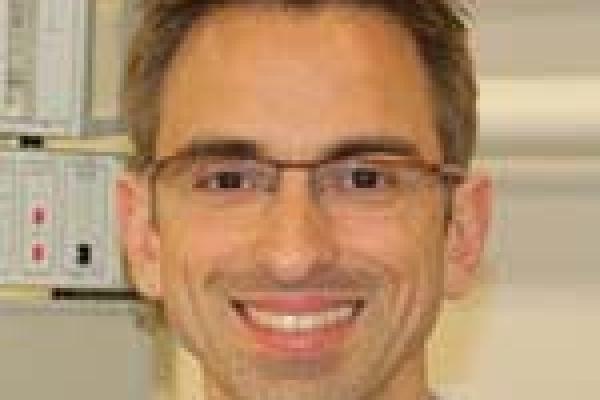
March 21 - March 23, 2018
9:35 am
-
10:55 am
2015 McPherson Laboratory
March 21, 2018: Pulse EPR spectroscopy 1: Determining local electronic and geometric structure via electronnuclear spin couplings
Abstract: Hyperfine spectroscopy, a sub-family of pulse EPR techniques, quantifies hyperfine couplings between unpaired electron spins and nearby magnetic nuclei. The analysis of these couplings provides rich information about the electronic and geometric structure of paramagnetic centers. In this presentation, I will introduce the principles of hyperfine spectroscopy and show two exemplary applications to study transition metal complexes. I will briefly highlight our work on increasing the sensitivity and resolution of hyperfine spectroscopy using nanosecond pulse shaping.
March 23, 2018: Pulse EPR spectroscopy 2: Mapping protein conformational landscapes via electron-electron spin couplings
Abstract: Double Electron-Electron Resonance (DEER), a form of pulse EPR spectroscopy, directly measures absolute distances and distance distributions between spin labels on proteins. These data are used to built quantitative structural, energetic, and kinetic models of the protein's intrinsic flexibility, its conformational substates, and its response to external effectors such as ligand binding. In this presentation, I will introduce the fundamentals of DEER spectroscopy. I will summarize our DEER-based biostructural work on HCN, a cardiac ion channel, and I will present our recent work on improving DEER methodologies.
Lectures on March 21 & 23 are open to all in the university community
Please send inquiries to chemphys@osu.edu
This lecture series is supported by Veeam through the Andrei Baranov and Ratmir Timashev Symposium Fund in Chemical Physics
